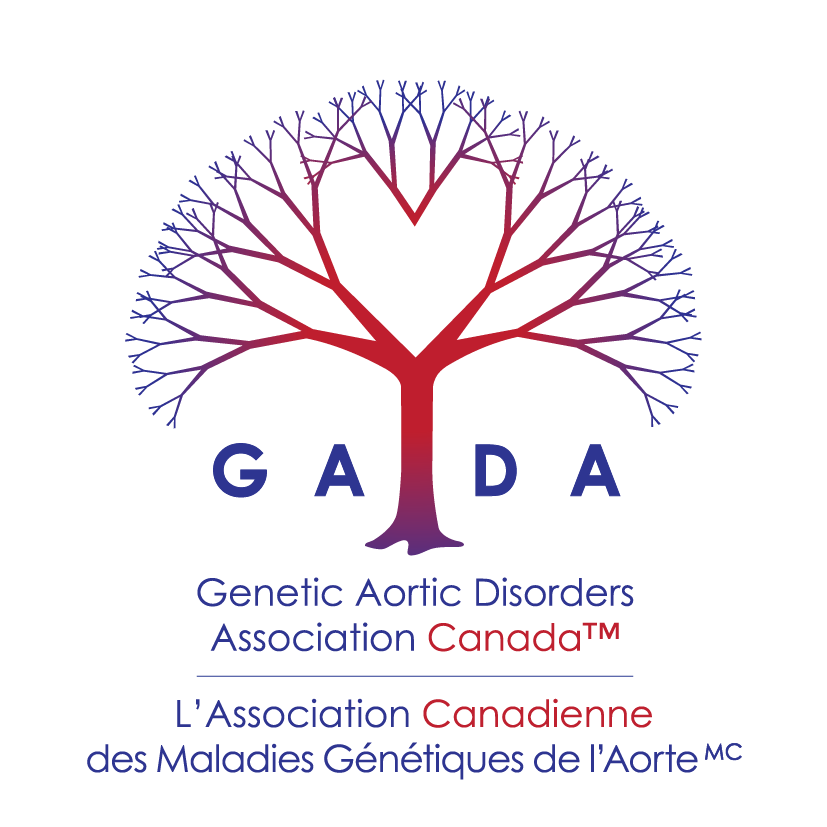Abstract
BACKGROUND:
-The natural history of aortic diseases in patients with TGFBR1 or TGFBR2 mutations reported by different investigators has varied greatly. In particular, the current recommendations for the timing of surgical repair of the aortic root aneurysms may be overly aggressive.
METHODS AND RESULTS:
-The Montalcino Aortic Consortium, which includes 15 centers worldwide that specialize in heritable thoracic aortic diseases, was used to gather data on 441 patients from 228 families, with 176 cases harboring a mutation in TGBR1 and 265 in TGFBR2 Patients harboring a TGFBR1 mutation have similar survival rates (80% survival at 60 years), aortic risk (23% aortic dissection, 18% preventive aortic surgery), and prevalence of extra-aortic features (29% hypertelorism, 53% cervical arterial tortuosity, 27% wide scars) when compared to patients harboring a TGFBR2 mutation. However, TGFBR1 males had a greater aortic risk than females, whereas TGFBR2 males and females had a similar aortic risk. Additionally, aortic root diameter prior to or at the time of type A aortic dissection tended to be smaller in patients carrying a TGFBR2 mutation and was ≤45 mm in 6 women with TGFBR2 mutations, presenting with marked systemic features and low body surface area. Aortic dissection was observed in 1.6% of pregnancies.
CONCLUSIONS:
-Patients with TGFBR1 or TGFBR2 mutations show the same prevalence of systemic features, and the same global survival. Preventive aortic surgery at a diameter of 45 mm, lowered toward 40 in females with low body surface area, TGFBR2 mutation and severe extra-aortic features may be considered.
KEYWORDS:
Marfan syndrome; acute aortic dissection gene; aneurysm; aortic disease; aortic dissection; aortic surgery; gender differences; genetics, diagnostics; genetics, human; peripheral vascular disease
